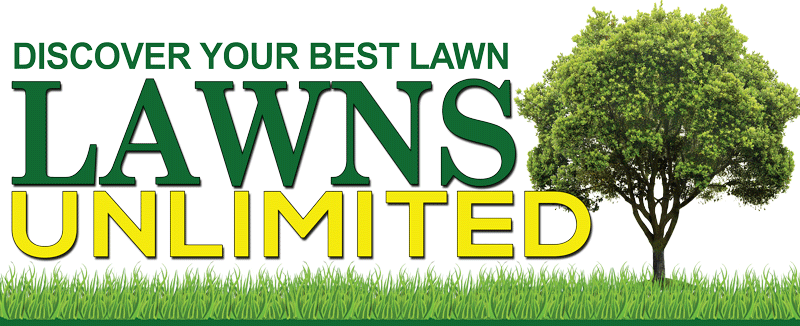
The blog allows for each customer to interact by sending us questions, observations and concerns regarding their lawn. We welcome photos and discussion. Keep in mind, grasses are living entities that must compete and survive many stresses despite all of the time, money and effort that is devoted to their maintenance. Since it is winter, and most folks no longer are wandering around their lawns, we decided to begin this communication with a Year in Review where we will explore some of the more intractable problems encountered in 2014. The general subject matter will include weeds, diseases and other pests; shade and tree root competition; soil problems; environmental stresses and cultural practices. We will begin with a brief overview of the types of lawn grasses we maintain and 2014 growing conditions.
The overwhelming majority of lawns we care for are tall fescue, Kentucky bluegrass or mixtures of tall fescue and Kentucky bluegrass. On the western shore, most lawns are 100% tall fescue. This is because lawns on the western shore are not irrigated and tall fescue has much better heat, drought, shade and disease tolerance compared to Kentucky bluegrass. Because the overwhelming majority of lawns we care for are irrigated (due to our sandy soils), Kentucky bluegrass can be grown successfully and indeed with proper irrigation, fertility and mowing, Kentucky bluegrass can out-competes tall fescue. Kentucky bluegrass provides for higher aesthetic quality because of its darker green color, improved winter color and finer leaf texture. Kentucky bluegrass also produces underground stems (called rhizomes), which enables it to spread faster. On the down side, Kentucky bluegrass requires more nitrogen and water, produces much more thatch and generally has inferior shade and soil compaction tolerance compared to tall fescue. Thus, mixtures of tall fescue and Kentucky bluegrass are preferred.
Spring began with much cooler than normal temperatures and adequate rainfall, which was followed by a period of drought stress in June and early July. Summer was mostly delightful and we had timely rains, which accounted for the bumper yields in corn, soybean and other crops. We had only a brief period of hot and humid weather in mid-to-late July. The heat and humidity in mid-July brought on Pythium blight; whereas, the generally milder conditions promoted chronic dollar spot problems from May to early November. The “Big Freeze” in mid-to-late November ended most disease problems as well as your mowing and irrigation needs until spring.
